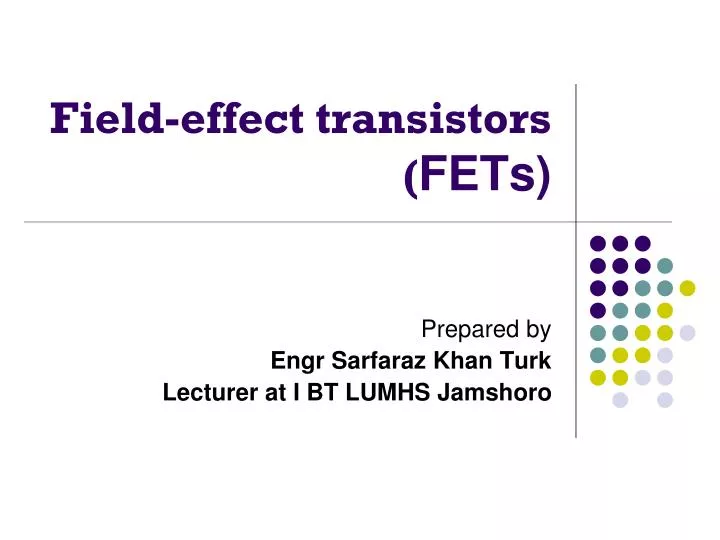


The most appealing features of FET sensors are their low cost, label independence, and rapid detection of bio-analytes. The outcome of the current study puts forward OG-JFET as a new platform for biosensing applications.įield-effect transistor-based biosensors have received significant attention during the last decade due to their unique sensing characteristics, making them valuable sensing platforms for a range of applications such as diagnostics, gas sensors, food safety, and environmental monitoring. The complete simulation procedures and the physics of pH modeling is presented here, being numerically solved in COMSOL Multiphysics software. Moreover, the sensor was simulated with COMSOL Multiphysics to gain insight into the sensor operation and its ion-sensitive capability.

In this research, in order to demonstrate the sensor’s functionality for chemical and biosensing, we tested OG-JFET with varying pH solutions, cell adhesion (human oral neutrophils), human exhalation, and DNA molecules. The channel can be controlled through a back gate, enabling the sensor’s operation without a bulky electrode inside the solution. The structure is novel as it is based on a junction field-effect transistor with a subtle difference in that the top gate (n-type contact) has been removed to open the space for introducing the biomaterial and solution. The OG-JFET consists of a p-type channel on top of an n-type layer in which the p-type serves as the sensing conductive layer between two ohmic contacted sources and drain electrodes. This paper presents a new field-effect sensor called open-gate junction gate field-effect transistor (OG-JFET) for biosensing applications.


 0 kommentar(er)
0 kommentar(er)
